Dealing with a car accident is stressful enough, but the aftermath, including getting your vehicle repaired, can add to the hassle. If you’re wondering, “how long for car repair after accident?”, you’re not alone. The duration of car repairs after a collision varies significantly depending on numerous factors. Understanding these factors and the repair process can help you manage your expectations and navigate this challenging time more smoothly.
This comprehensive guide from Car Repair Online, your trusted source for automotive expertise, will break down everything you need to know about collision repair timelines. We’ll cover average repair times for different types of damage, the stages involved in the repair process, and the key factors that influence how long it takes to get your car back on the road.
Decoding Average Collision Repair Time
The most straightforward answer to “how long does car repair take after an accident?” is: it depends. The average car repair time after an accident can range from just a few hours to several weeks, and in some cases, even longer. This wide range highlights the complexity of collision repairs and the many variables at play.
To give you a clearer picture, let’s look at a breakdown of average repair times based on the severity and type of damage:
| Type of Collision Repair | Average Time to Fix |
|---|---|
| Minor Collision Repair | 1-3 days |
| Major Collision Repair | 1 to 3 weeks |
| Paintless Dent Repair | 1-2 days |
| Bumper Repair/Replacement | 1-3 days |
| Fender Repair/Replacement | 1-4 days |
| Door Repair/Replacement | 2-4 days |
| Glass Replacement | 1-2 days |
| Suspension Repair | 2-3 days |
| Frame Straightening | 4 days – 2 weeks |
| Minor Paint Repair | 2-4 days |
| Major Paint Repair | 1-2 weeks |
| Airbag Replacement | 2-5 days |
| Engine Repair/Replacement | 1-4 weeks |
| Full Vehicle Restoration | 4-8 weeks or longer |
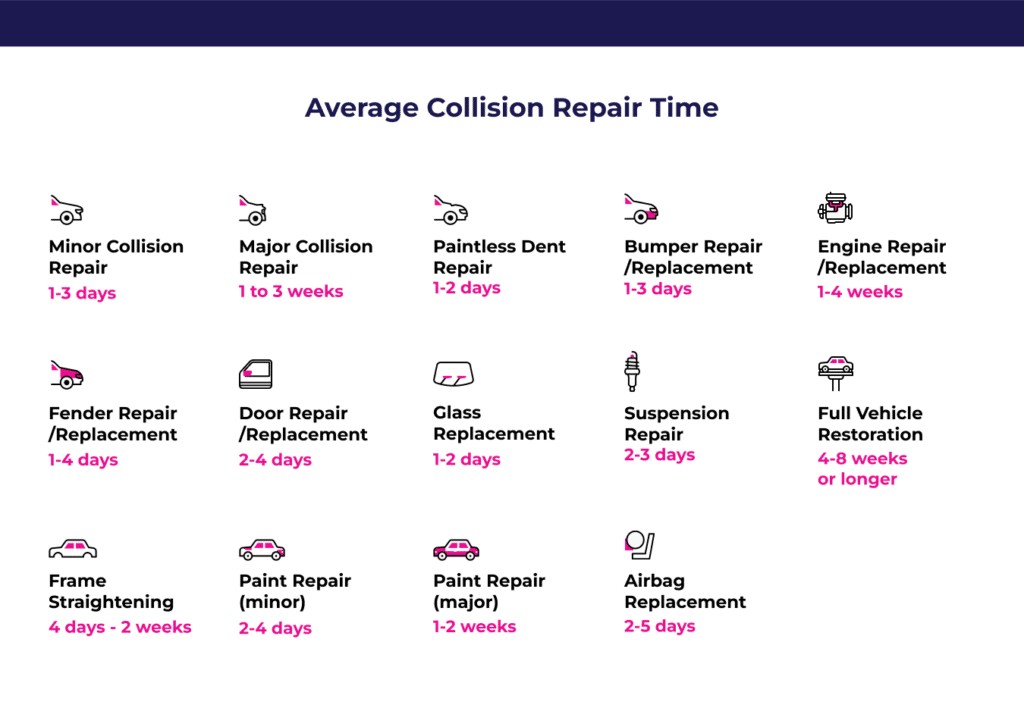
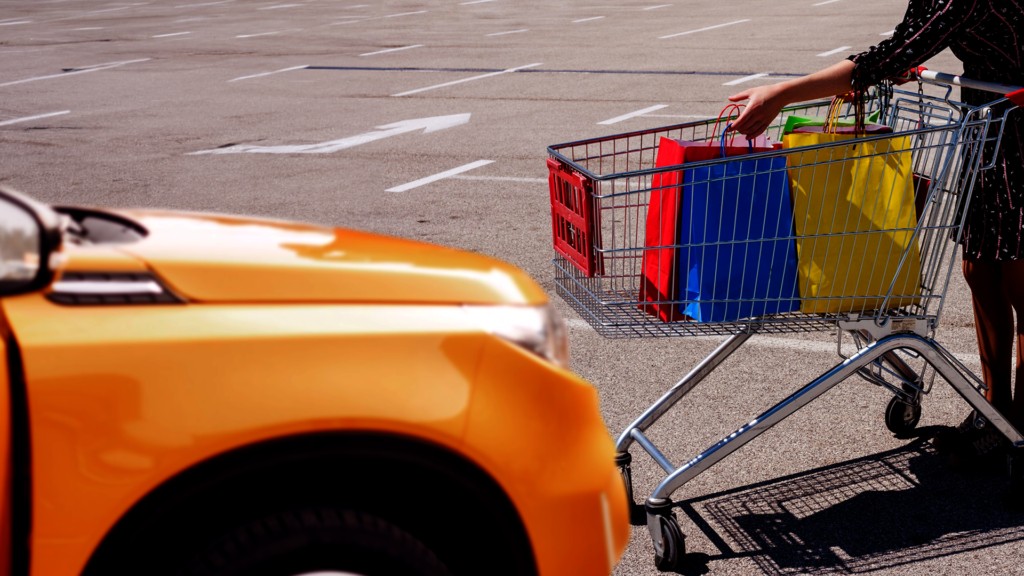
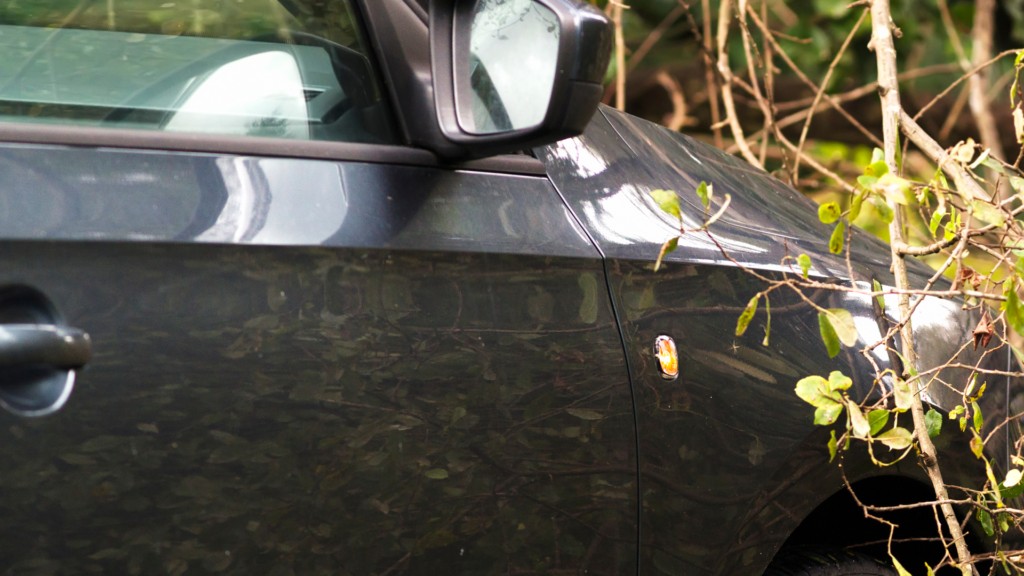
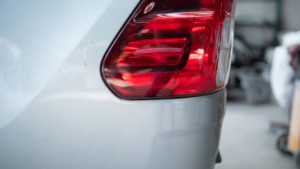
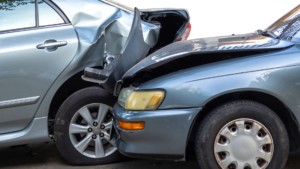
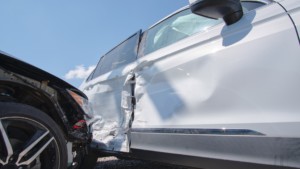
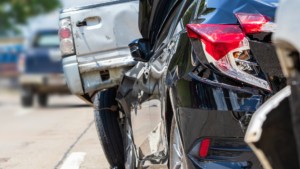
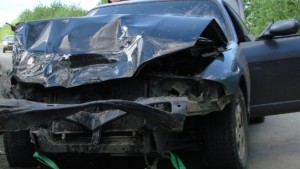


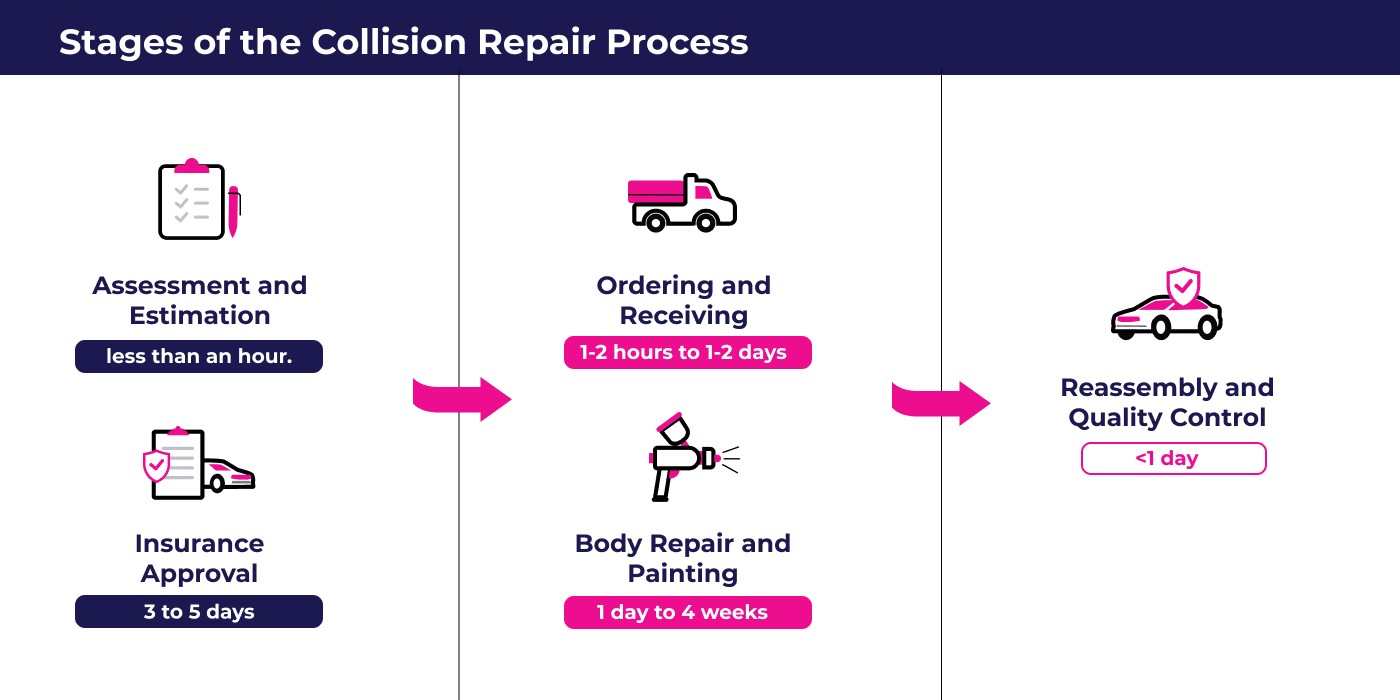

This table provides a general guideline, but remember that these are just averages. Your specific repair timeline could be shorter or longer depending on the unique circumstances of your accident and vehicle.
Minor vs. Major Collision Repair Durations
To better understand the timeline, it’s helpful to differentiate between minor and major collision repairs. The scope of damage directly impacts how long your car will be in the shop.
Minor Collision Repair: Quick Turnaround
Minor collision repairs are typically completed within 1 to 3 days. These repairs address cosmetic damages or minor structural issues that don’t significantly impact the vehicle’s integrity. Examples include:
- Small Dents: Like those from runaway shopping carts or hail damage.
- Scratches: Superficial scratches from branches or minor abrasions.
- Minor Bumper Damage: Scuffs, scrapes, or small cracks in the bumper cover.
These types of repairs are faster because they often involve less labor, readily available parts, and don’t require extensive structural work.
Example Scenarios:
-
Shopping Cart Dent:
-
Tree Branch Scratches:
-
Road Debris Scratches:
Major Collision Repair: Extended Timeframe
Major collision repairs, on the other hand, typically take 1 to 3 weeks or longer. These repairs involve more significant damage that affects the vehicle’s structural integrity, mechanical components, or safety systems. Examples include:
- Frame Damage: Bent or twisted frame requiring straightening or replacement.
- Mechanical Issues: Damage to suspension, engine, or transmission.
- Airbag Deployment: Replacement of airbags and related sensors.
- Extensive Body Panel Damage: Crushed doors, quarter panels, or roof damage.
Major repairs require specialized equipment, skilled technicians, and potentially longer wait times for parts, leading to a more extended repair duration.
Example Scenarios:
-
Rear-End Collision Damage:
-
Side-Impact (T-Bone) Collision:
-
Parking Lot Pole Collision:
Severe Collision Damage: Weeks or Longer
In cases of severe collision damage, repair times can exceed 3 weeks. This category encompasses accidents resulting in:
- Extensive Frame Damage: Major structural damage requiring significant repairs.
- Hard-to-Find Parts: Delays due to sourcing rare or back-ordered components.
- Complex Mechanical Repairs: Significant engine, transmission, or drivetrain damage.
Severe damage necessitates a more thorough and time-consuming repair process.
Example Scenarios:
-
High-Speed Head-On Collision:
-
Rollover Accident Damage:
-
High-Speed Side-Impact Collision:
Understanding the Stages of Collision Repair
To get a better grasp of the overall timeframe, it’s helpful to understand the typical stages involved in the collision repair process. Each stage contributes to the total time your car spends in the shop.
-
Initial Assessment and Estimate: The repair shop evaluates the damage, prepares a detailed estimate of repair costs and time, and takes photos and necessary documentation. Timeframe: A few hours to a day. Some shops, like Car Repair Online partners, offer estimates in under an hour.
-
Insurance Approval: If you’re filing an insurance claim, the insurance company reviews and approves the repair estimate. This may involve negotiation and adjustments. Timeframe: 3 to 5 days, potentially longer depending on complexity and insurance company responsiveness.
-
Parts Ordering and Procurement: Based on the damage, the shop orders necessary replacement parts. Availability depends on the vehicle’s make, model, and part type. Timeframe: A few hours to several days, or even weeks for rare parts or backorders.
-
Body Repair and Refinishing: This is the core repair stage, involving dent removal, panel replacement, frame straightening, and restoring the vehicle to its pre-accident condition. Premium paint is applied to match the original finish. Timeframe: 1 day to 4 weeks, heavily dependent on damage severity.
-
Reassembly and Quality Control: Detail pieces, moldings, and trim are reinstalled. The vehicle is thoroughly cleaned, inspected, and tested for safety and performance. Timeframe: Typically 1 to 2 days.
-
Addressing Hidden Damage and Additional Repairs: During the repair process, technicians may uncover hidden damage requiring further attention and potentially extending the timeline. This could include issues not visible during the initial assessment.
Key Factors Influencing Collision Repair Time
Beyond the severity of damage, several other factors can significantly impact how long your car repair takes after an accident. Being aware of these factors can help you anticipate potential delays.
-
Severity of Damage: As discussed earlier, the extent of damage is a primary driver of repair time. Minor cosmetic fixes are quick, while major structural repairs take considerably longer.
-
Availability of Replacement Parts: The ease of sourcing replacement parts is crucial. Common parts for popular vehicle models are usually readily available, minimizing delays. However, parts for luxury, rare, or older vehicles, or OEM (Original Equipment Manufacturer) parts can be backordered, significantly extending the repair timeline. Aftermarket parts might be more accessible but could affect quality and fit.
-
Type of Vehicle: The make and model of your car matter. Common vehicles from brands like Toyota, Honda, Ford, and Chevrolet generally have readily available parts and experienced technicians, leading to faster repairs. Luxury brands like Mercedes-Benz, BMW, Audi, Lexus, and Tesla often require specialized parts, tools, and technicians, potentially increasing repair time and cost.
-
Insurance Company Involvement: Insurance claims add a layer of process. Claim filing, estimate approval, and potential negotiations can extend the overall repair duration. Direct communication and efficient processes between the repair shop and insurer are essential to minimize delays.
-
Repair Shop Workload: The current workload at the repair shop can influence scheduling and turnaround time. Busy shops may have longer wait times for appointments and completion. Choosing a reputable and well-managed shop can help ensure efficient processing and transparent communication, even during busy periods.
Conclusion: Patience and Communication are Key
So, “how long for car repair after accident?” The answer remains variable, ranging from a day to several weeks depending on a multitude of factors. Understanding these factors and the repair process empowers you to have realistic expectations.
While waiting for your car to be repaired can be inconvenient, remember that quality collision repair takes time and precision. Choosing a reputable auto body shop that prioritizes communication, uses quality parts, and employs skilled technicians is crucial for a successful repair and your peace of mind. Maintain open communication with your chosen repair shop to stay informed about the progress and any potential delays. Patience and proactive communication will contribute to a smoother and less stressful car repair experience after an accident.
Frequently Asked Questions: Average Collision Repair Time
What are my transportation options while my car is being repaired?
Losing access to your car during repairs is a major concern. Explore transportation options such as rental cars (which may be covered by your insurance), public transportation, or ride-sharing services. Some repair shops, like Car Repair Online partners, offer courtesy vehicles or shuttle services to minimize disruption.
Is there a warranty on collision repairs?
Yes, most reputable auto body shops offer warranties on their repair work. Warranties can vary in length and coverage, so inquire about the specific warranty offered by your chosen repair facility. Car Repair Online partners typically offer comprehensive warranties on their workmanship.
Are front-end or rear-end collision repairs faster?
Generally, rear-end collision repairs are often quicker and potentially less expensive than front-end repairs. The front of a vehicle houses more complex components like the engine, radiator, and grille, which can lead to more extensive damage in a front-end collision.
When is a car considered a total loss after an accident?
An insurance company may declare a vehicle a total loss when the cost of repairs exceeds a certain percentage of the car’s pre-accident value, often around 70-75%. In such cases, the insurance company will typically pay you the car’s value instead of covering repairs.
What should I do if my car repair is taking longer than estimated?
If your repair is significantly delayed, communicate directly with your auto body shop. Inquire about the reasons for the delay – it could be due to parts availability, insurance claim processing, or unforeseen damage. Open communication can help resolve issues and provide clarity. If necessary, involve your insurance company to understand the situation and explore options.
How much should I expect to pay for collision repair?
Collision repair costs are highly variable, depending on the extent of damage, vehicle type, parts needed, and labor rates. Minor repairs can range from a few hundred dollars, while major repairs can cost thousands. Obtaining a detailed and transparent estimate from a reputable repair shop is crucial for understanding potential costs. Car Repair Online partners offer free and prompt estimates to help you plan your repair budget.
